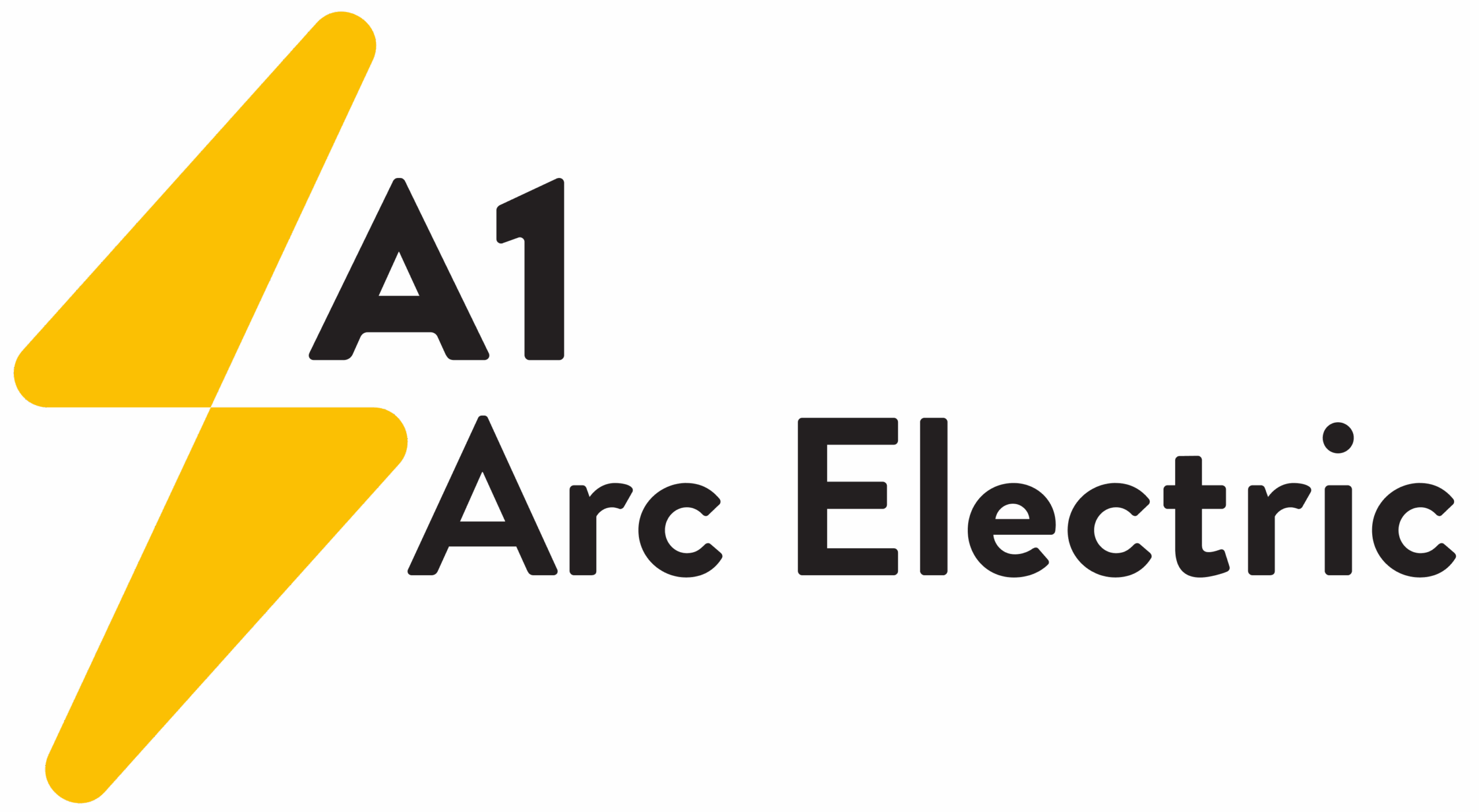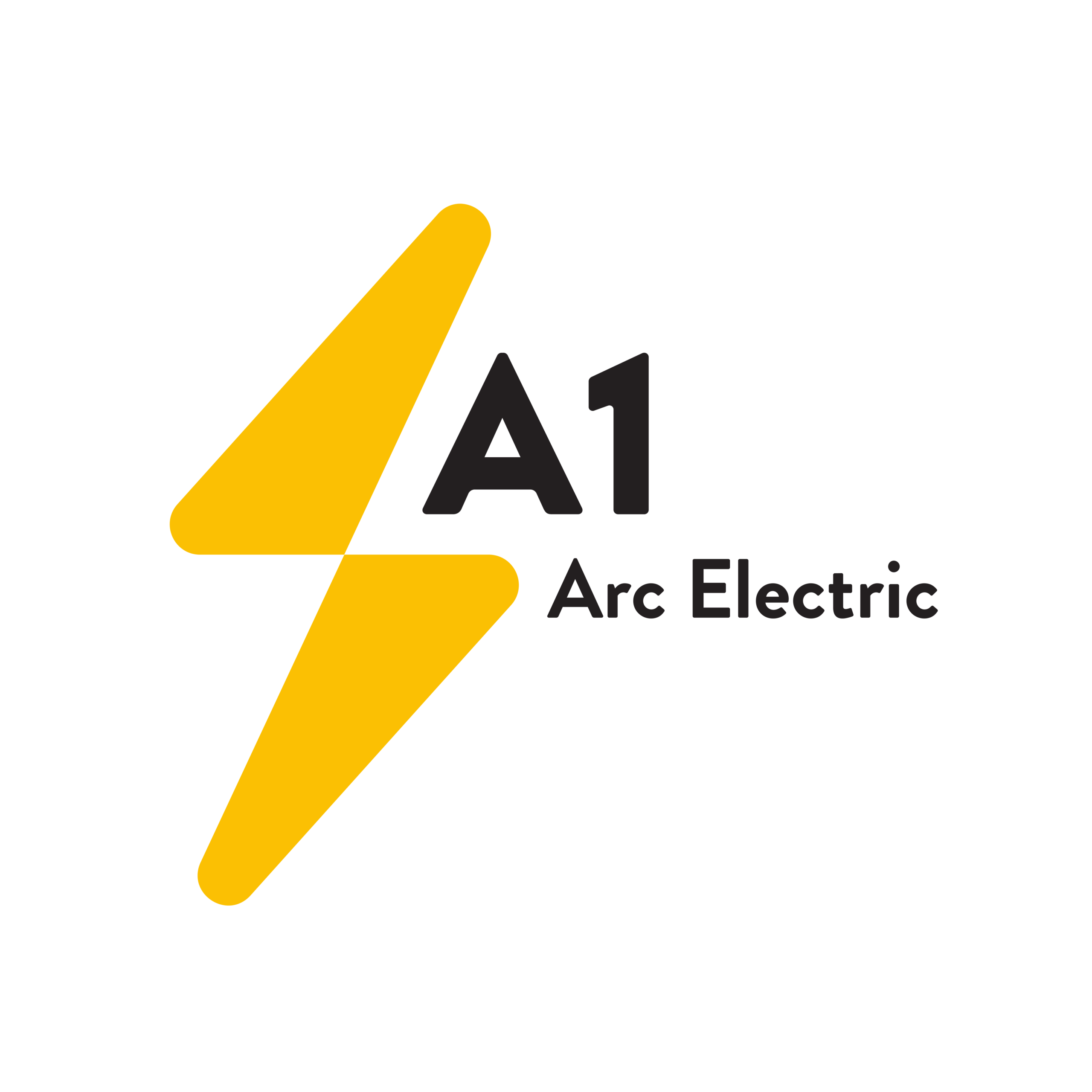When it comes to managing your electricity expenses, the first step is understanding the components of your electric bill. Typically, your bill consists of the cost of the electricity you use, delivery fees, and taxes. The electricity usage is often measured in kilowatt-hours (kWh), which is the amount of energy consumed by using one kilowatt of power for one hour. Delivery fees cover the cost of transporting electricity from the power plant to your home and maintaining the infrastructure.
Several factors influence your electricity usage, such as the number of appliances in your home, their efficiency, and how often they are used. Additionally, local climate conditions and seasonality can impact your energy consumption. For instance, during colder months, heating requirements can significantly increase energy usage, while air conditioning demands rise during the summer.
Understanding peak and off-peak rates is crucial, as energy costs can vary throughout the day. During peak hours, when demand is highest, rates may increase, whereas off-peak hours can offer reduced rates. By recognizing these patterns, homeowners can better manage their energy consumption and costs. Being informed about these aspects is essential for making strategic decisions that lead to sustained energy savings.
Smart Lighting Solutions: Bright Ideas for Energy Savings
- Benefits of LED lighting over traditional bulbs
- Use of smart lighting systems for efficiency
- Incorporating natural light to reduce dependence on artificial lighting
- Motion sensors and timers for optimizing lighting use
- Impact of lighting choices on energy bills
Switching to smart lighting solutions is one of the most effective ways to lower your electric bill. LED bulbs, for instance, use up to 75% less energy than traditional incandescent bulbs and last significantly longer. This not only reduces energy consumption but also cuts down on the frequency and cost of replacements.
Smart lighting systems take efficiency a step further by allowing you to control lighting remotely through apps or voice commands. These systems can be programmed to turn lights on or off at specific times, reducing unnecessary usage. Additionally, incorporating natural light into your home’s design can significantly lessen the need for artificial lighting during the day.
Installing motion sensors and timers can further optimize lighting use by ensuring that lights are only active when needed. For example, outdoor lights equipped with motion sensors will illuminate only when someone approaches, saving energy. These strategic lighting choices have a direct impact on reducing energy bills, contributing to a more sustainable and cost-effective home environment.
The Role of Efficient Wiring in Reducing Costs
- Importance of proper wiring for safety and efficiency
- How outdated wiring can increase energy costs
- Benefits of modern wiring techniques
- Role of professional electricians in ensuring efficient wiring
- Long-term savings from wiring upgrades
Efficient wiring is a crucial component in reducing energy costs and ensuring the safety of your home. Outdated or faulty wiring can lead to energy loss, electrical hazards, and increased utility bills. Older wiring systems may not be equipped to handle the demands of modern appliances and electronics, which can result in inefficiencies and higher energy consumption.
Modern wiring techniques offer several advantages, including improved energy efficiency and enhanced safety. For instance, upgrading to copper wiring can reduce resistance and energy loss, ensuring that electricity flows more efficiently throughout your home. Moreover, modern wiring can better accommodate the energy demands of contemporary appliances, reducing the risk of overloading circuits.
Employing professional electricians to inspect and upgrade your wiring ensures that your system adheres to safety standards and operates efficiently. While the upfront cost of wiring upgrades may seem daunting, the long-term savings on your energy bills and the increased safety of your home make it a worthwhile investment.
Harnessing Technology: EV Chargers and Their Impact on Energy Use
- Growing popularity of electric vehicles (EVs)
- Energy use of home EV chargers
- Efficient installation and usage of EV chargers
- Potential for off-peak charging to reduce costs
- Environmental benefits of EVs and efficient charging
With the growing popularity of electric vehicles (EVs), more homeowners are considering installing EV chargers at home. While this addition can increase energy usage, efficient installation and usage practices can help mitigate costs and even contribute to energy savings over time.
Home EV chargers, if used wisely, can be incorporated into an energy-efficient lifestyle. For instance, charging your vehicle during off-peak hours can significantly reduce electricity costs, as these times typically offer lower rates. Additionally, investing in a smart EV charger allows you to monitor and optimize charging based on your energy needs and rate schedules.
The environmental benefits of using EVs are well-documented, as they produce fewer emissions compared to traditional gasoline-powered vehicles. By ensuring that your EV charging practices are efficient, you can further enhance these benefits. Proper installation and smart usage of EV chargers not only contribute to lowering your electric bill but also support a more sustainable future.
Energy-Efficient Heating and Cooling: Heat Pumps and AC Systems
- Importance of efficient heating and cooling systems
- How heat pumps work and their benefits
- Energy-saving tips for AC systems
- Impact of proper maintenance on efficiency
- Long-term savings from upgrading systems
Heating and cooling account for a significant portion of a home’s energy consumption. Therefore, implementing energy-efficient systems like heat pumps and optimizing AC usage can lead to substantial cost savings. Heat pumps are particularly efficient because they transfer heat rather than generate it, providing both heating and cooling capabilities with less energy use compared to conventional systems.
To maximize energy savings with AC systems, consider using programmable thermostats to adjust temperatures based on your schedule. This prevents unnecessary energy use when the home is unoccupied. Additionally, simple measures like regularly cleaning filters and sealing ducts can enhance efficiency and extend the lifespan of your systems.
Proper maintenance is crucial for maintaining the efficiency of heating and cooling systems. Regular servicing by professionals ensures that systems operate at peak efficiency, preventing costly breakdowns and reducing energy consumption. While the upfront cost of upgrading to more efficient systems may be significant, the long-term savings on energy bills make it a prudent investment for homeowners.
Upgrading Panels and Services: When and Why It’s Essential
- Signs that an electrical panel needs upgrading
- Benefits of upgrading electrical panels and services
- Safety and efficiency improvements
- Impacts on energy costs and home value
- Professional considerations for upgrades
Upgrading your electrical panel and services is essential when your current system no longer meets the energy demands of your home or business. Signs that an upgrade may be necessary include frequent circuit breaker trips, flickering lights, or the need for multiple power strips and extension cords. An outdated panel can lead to inefficiencies and pose safety risks.
Upgrading to a modern electrical panel can improve both safety and efficiency. New panels are designed to handle the increased electrical load required by contemporary appliances and technologies. This not only reduces the risk of electrical fires but also enhances energy efficiency, potentially lowering electricity costs.
Beyond safety and efficiency, an upgraded panel can also increase the value of your home. Prospective buyers often view updated electrical systems as a significant advantage. It’s important to hire licensed professionals to conduct panel upgrades to ensure compliance with local codes and standards. While the investment in an upgrade may be substantial, the returns in safety, efficiency, and home value make it worthwhile.
Practical Tips for Sustained Energy Savings at Home
- Conducting regular energy audits
- Implementing energy-efficient practices daily
- Importance of insulation and weatherproofing
- Utilizing renewable energy sources
- Continuous monitoring and adjusting of energy habits
Achieving sustained energy savings at home involves a combination of strategic upgrades and everyday practices. Conducting regular energy audits can help identify areas where energy is being wasted and suggest improvements. Simple daily habits, like turning off lights when leaving a room and unplugging devices when not in use, can cumulatively lead to significant savings.
Insulation and weatherproofing are critical for maintaining energy efficiency. Proper insulation reduces the need for excessive heating and cooling, while weatherproofing prevents drafts and energy loss. Additionally, considering renewable energy sources, such as solar panels, can reduce reliance on traditional electricity and lower energy bills over time.
Continuous monitoring and adjusting of energy habits are essential for long-term savings. Using smart home technologies to track energy usage allows homeowners to make informed decisions about their consumption patterns. By staying proactive and informed, homeowners can effectively manage their energy use, contributing to both cost savings and environmental sustainability.When it comes to managing your electricity expenses, the first step is understanding the components of your electric bill. Typically, your bill consists of the cost of the electricity you use, delivery fees, and taxes. The electricity usage is often measured in kilowatt-hours (kWh), which is the amount of energy consumed by using one kilowatt of power for one hour. Delivery fees cover the cost of transporting electricity from the power plant to your home and maintaining the infrastructure.
Several factors influence your electricity usage, such as the number of appliances in your home, their efficiency, and how often they are used. Additionally, local climate conditions and seasonality can impact your energy consumption. For instance, during colder months, heating requirements can significantly increase energy usage, while air conditioning demands rise during the summer.
Understanding peak and off-peak rates is crucial, as energy costs can vary throughout the day. During peak hours, when demand is highest, rates may increase, whereas off-peak hours can offer reduced rates. By recognizing these patterns, homeowners can better manage their energy consumption and costs. Being informed about these aspects is essential for making strategic decisions that lead to sustained energy savings.
Smart Lighting Solutions: Bright Ideas for Energy Savings
- Benefits of LED lighting over traditional bulbs
- Use of smart lighting systems for efficiency
- Incorporating natural light to reduce dependence on artificial lighting
- Motion sensors and timers for optimizing lighting use
- Impact of lighting choices on energy bills
Switching to smart lighting solutions is one of the most effective ways to lower your electric bill. LED bulbs, for instance, use up to 75% less energy than traditional incandescent bulbs and last significantly longer. This not only reduces energy consumption but also cuts down on the frequency and cost of replacements.
Smart lighting systems take efficiency a step further by allowing you to control lighting remotely through apps or voice commands. These systems can be programmed to turn lights on or off at specific times, reducing unnecessary usage. Additionally, incorporating natural light into your home’s design can significantly lessen the need for artificial lighting during the day.
Installing motion sensors and timers can further optimize lighting use by ensuring that lights are only active when needed. For example, outdoor lights equipped with motion sensors will illuminate only when someone approaches, saving energy. These strategic lighting choices have a direct impact on reducing energy bills, contributing to a more sustainable and cost-effective home environment.
The Role of Efficient Wiring in Reducing Costs
- Importance of proper wiring for safety and efficiency
- How outdated wiring can increase energy costs
- Benefits of modern wiring techniques
- Role of professional electricians in ensuring efficient wiring
- Long-term savings from wiring upgrades
Efficient wiring is a crucial component in reducing energy costs and ensuring the safety of your home. Outdated or faulty wiring can lead to energy loss, electrical hazards, and increased utility bills. Older wiring systems may not be equipped to handle the demands of modern appliances and electronics, which can result in inefficiencies and higher energy consumption.
Modern wiring techniques offer several advantages, including improved energy efficiency and enhanced safety. For instance, upgrading to copper wiring can reduce resistance and energy loss, ensuring that electricity flows more efficiently throughout your home. Moreover, modern wiring can better accommodate the energy demands of contemporary appliances, reducing the risk of overloading circuits.
Employing professional electricians to inspect and upgrade your wiring ensures that your system adheres to safety standards and operates efficiently. While the upfront cost of wiring upgrades may seem daunting, the long-term savings on your energy bills and the increased safety of your home make it a worthwhile investment.
Harnessing Technology: EV Chargers and Their Impact on Energy Use
- Growing popularity of electric vehicles (EVs)
- Energy use of home EV chargers
- Efficient installation and usage of EV chargers
- Potential for off-peak charging to reduce costs
- Environmental benefits of EVs and efficient charging
With the growing popularity of electric vehicles (EVs), more homeowners are considering installing EV chargers at home. While this addition can increase energy usage, efficient installation and usage practices can help mitigate costs and even contribute to energy savings over time.
Home EV chargers, if used wisely, can be incorporated into an energy-efficient lifestyle. For instance, charging your vehicle during off-peak hours can significantly reduce electricity costs, as these times typically offer lower rates. Additionally, investing in a smart EV charger allows you to monitor and optimize charging based on your energy needs and rate schedules.
The environmental benefits of using EVs are well-documented, as they produce fewer emissions compared to traditional gasoline-powered vehicles. By ensuring that your EV charging practices are efficient, you can further enhance these benefits. Proper installation and smart usage of EV chargers not only contribute to lowering your electric bill but also support a more sustainable future.
Energy-Efficient Heating and Cooling: Heat Pumps and AC Systems
- Importance of efficient heating and cooling systems
- How heat pumps work and their benefits
- Energy-saving tips for AC systems
- Impact of proper maintenance on efficiency
- Long-term savings from upgrading systems
Heating and cooling account for a significant portion of a home’s energy consumption. Therefore, implementing energy-efficient systems like heat pumps and optimizing AC usage can lead to substantial cost savings. Heat pumps are particularly efficient because they transfer heat rather than generate it, providing both heating and cooling capabilities with less energy use compared to conventional systems.
To maximize energy savings with AC systems, consider using programmable thermostats to adjust temperatures based on your schedule. This prevents unnecessary energy use when the home is unoccupied. Additionally, simple measures like regularly cleaning filters and sealing ducts can enhance efficiency and extend the lifespan of your systems.
Proper maintenance is crucial for maintaining the efficiency of heating and cooling systems. Regular servicing by professionals ensures that systems operate at peak efficiency, preventing costly breakdowns and reducing energy consumption. While the upfront cost of upgrading to more efficient systems may be significant, the long-term savings on energy bills make it a prudent investment for homeowners.
Upgrading Panels and Services: When and Why It’s Essential
- Signs that an electrical panel needs upgrading
- Benefits of upgrading electrical panels and services
- Safety and efficiency improvements
- Impacts on energy costs and home value
- Professional considerations for upgrades
Upgrading your electrical panel and services is essential when your current system no longer meets the energy demands of your home or business. Signs that an upgrade may be necessary include frequent circuit breaker trips, flickering lights, or the need for multiple power strips and extension cords. An outdated panel can lead to inefficiencies and pose safety risks.
Upgrading to a modern electrical panel can improve both safety and efficiency. New panels are designed to handle the increased electrical load required by contemporary appliances and technologies. This not only reduces the risk of electrical fires but also enhances energy efficiency, potentially lowering electricity costs.
Beyond safety and efficiency, an upgraded panel can also increase the value of your home. Prospective buyers often view updated electrical systems as a significant advantage. It’s important to hire licensed professionals to conduct panel upgrades to ensure compliance with local codes and standards. While the investment in an upgrade may be substantial, the returns in safety, efficiency, and home value make it worthwhile.
Practical Tips for Sustained Energy Savings at Home
- Conducting regular energy audits
- Implementing energy-efficient practices daily
- Importance of insulation and weatherproofing
- Utilizing renewable energy sources
- Continuous monitoring and adjusting of energy habits
Achieving sustained energy savings at home involves a combination of strategic upgrades and everyday practices. Conducting regular energy audits can help identify areas where energy is being wasted and suggest improvements. Simple daily habits, like turning off lights when leaving a room and unplugging devices when not in use, can cumulatively lead to significant savings.
Insulation and weatherproofing are critical for maintaining energy efficiency. Proper insulation reduces the need for excessive heating and cooling, while weatherproofing prevents drafts and energy loss. Additionally, considering renewable energy sources, such as solar panels, can reduce reliance on traditional electricity and lower energy bills over time.
Continuous monitoring and adjusting of energy habits are essential for long-term savings. Using smart home technologies to track energy usage allows homeowners to make informed decisions about their consumption patterns. By staying proactive and informed, homeowners can effectively manage their energy use, contributing to both cost savings and environmental sustainability.





